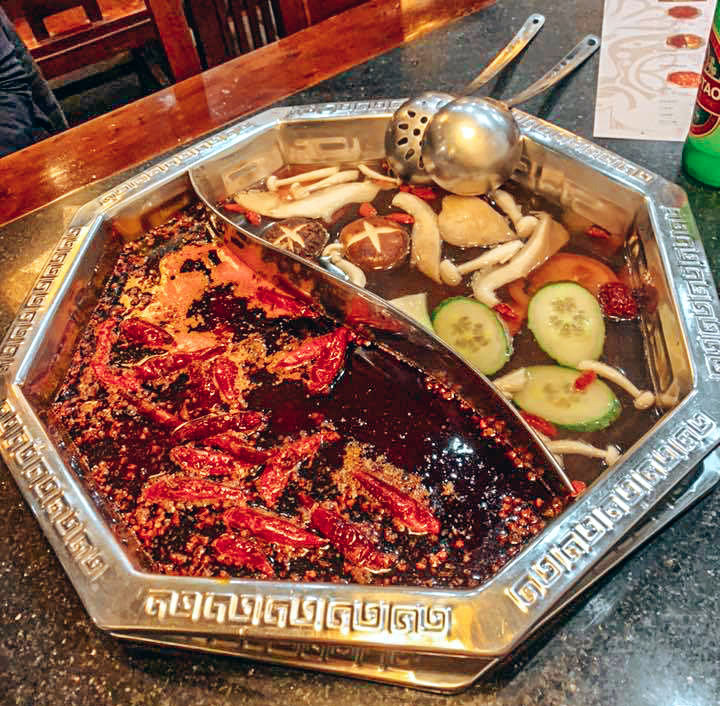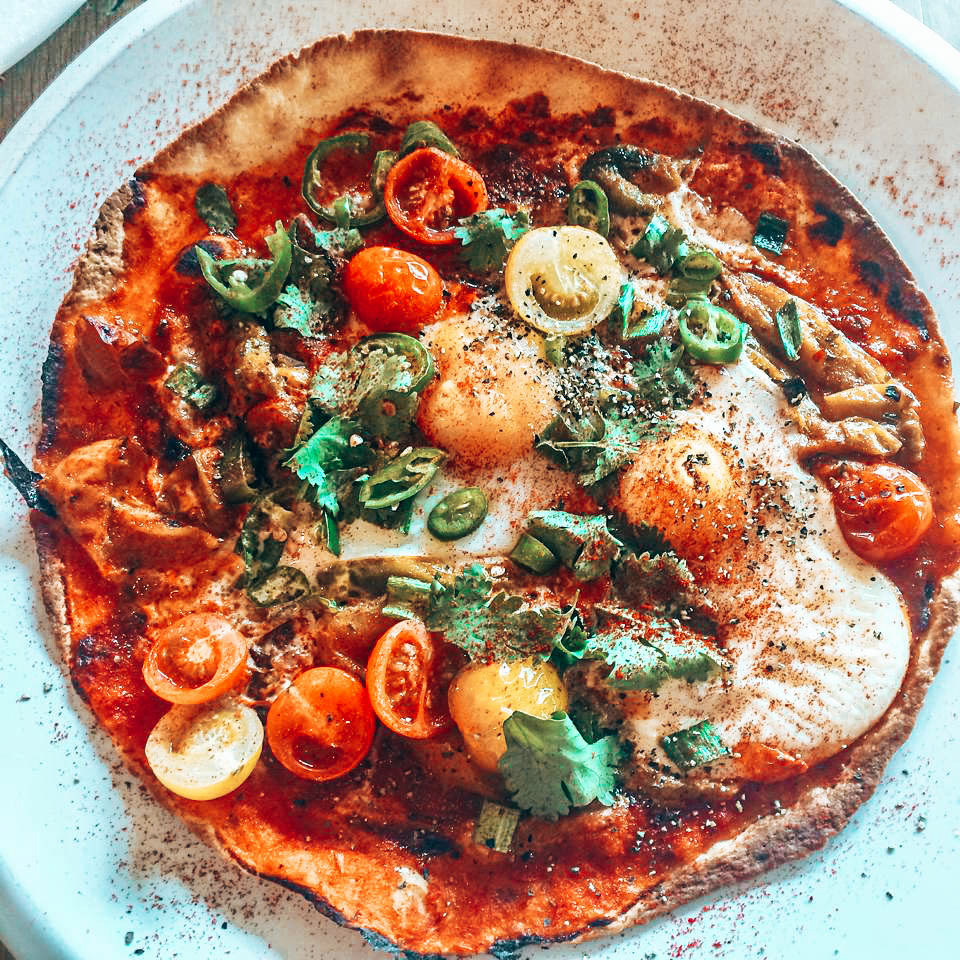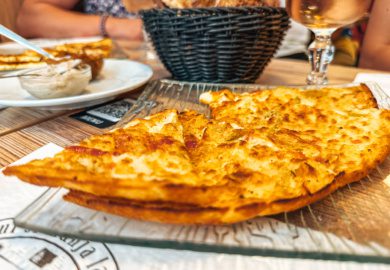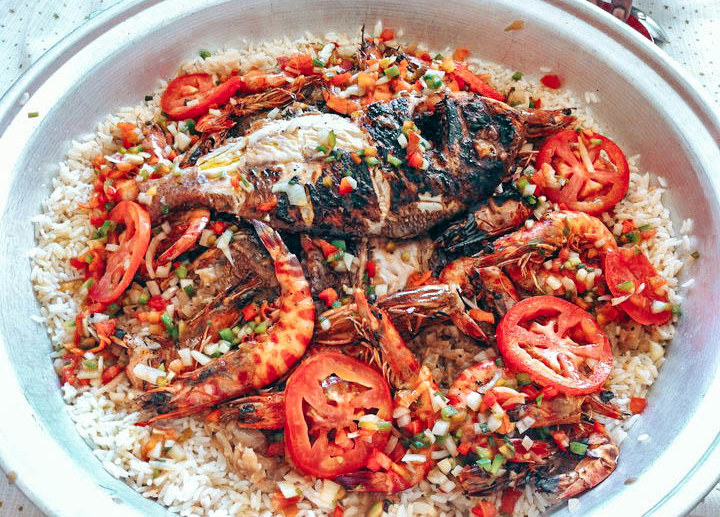
I Long to Return to China. In Food Travel Conversation with David Llada.
You’ll often hear me say that the northern coast of Spain is one of the most underrated food travel destinations.
Asturias-born David Llada knows a thing or two about good food, both as a connoisseur and as a cook. A former journalist turn chess photographer and entrepreneur, he has had a chance to live in multiple countries and travel to over 60. Some of his favorites from a culinary point of view, like China or Mexico, he has visited more than a dozen times! Now that’s dedication!
David is not your typical foodie though, and rarely pays attention to trends and reviews. Currently based in the culinary hub of San Sebastian, here’s what he has to say about food travel, Basque gastronomy post covid, and the little known link between Asturias and Ireland. 😉

San Sebastian is a city with an unparalleled food scene. It lives and breathes gastronomy. Tell us how the vibe has changed during and post pandemic? I simply cannot imagine Donosti without pintxo bar crawls and the famous Basque social gatherings.
This city has changed rapidly over the past few years. Often regarded as one of the food capitals of the world, San Sebastian had a nice balance between its traditional food (mainly grill restaurants aka asadores), high-class avant-garde cuisine, and very elaborate pintxos.
The offer was so vast that there was no room left for international food, and even typical restaurants and dishes from other parts of Spain were marginalized. No doubt, the Basque national pride also played a role in all this.
However, despite its reputation, it didn’t turn into a major tourist destination until recently. It was around 2015 when it became really massive. And while the international attention brought about many positives, the quality of the pintxos suffered a decline. The locals started avoiding the Old Town altogether. It felt as if the whole city turned its back on its most sacred tradition.
The pandemic and the subsequent lockdown has been a disaster for the local economy. Some business will never reopen. I even heard of a couple of cases of business owners who committed suicide.
While international attention brought about many positives, the quality of the pintxos suffered. The city turned its back on its most sacred tradition.
However, on a positive note, the locals have regained the city. Restaurants are now once again focusing on taking care of their regulars customers, not just the happy-spenders from abroad. The pintxo bars once again strive for excellence.
And most of us have embraced this new scenario: during the summer, rather than going somewhere else in Spain for our vacation, a majority of us have taken the chance to re-discover our city.
On that note, tell us what are your favorite pintxos and where to find them.
“Pintxo Urola”, with lobster as the main ingredient, is one of my favorites. You find it at the Urola restaurant in the Old Town. I also like the smoked sardines from Kapela. But there are just too many of them. Casa Gandarias is one of the classical restaurants where you simply can’t go wrong.
Georgia is going to be massive, once its food becomes better known internationally.
San Sebastian has more Michelin stars per capita than anywhere else in the world. I know it’s hard to choose but what’s been the most remarkable Michelin dining experience you’ve had in Donosti (or anywhere else)?
I often had to take care of work-related guests, so playing the host gave me the chance to visit all the Michelin star restaurants in town more than once. And I would say Arzak was always a great experience.
I can’t point out any single detail, any little thing that went wrong on any of my visits there. But what made Arzak truly remarkable was that on most occasions, the great Chef Juan Mari Arzak would personally come to your table to greet the guests, ask them if they have enjoyed their food, and exchange a few words with them.
Note that I use the word “guests” rather than “customers” because they truly make you feel like guests – despite the pricey bill!
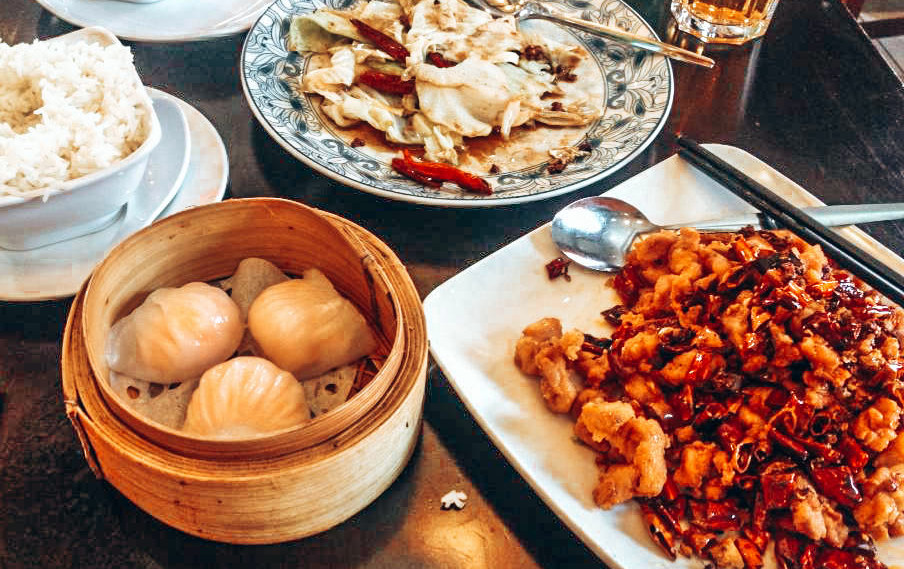
You’ve traveled the world many times over. What’s been your top 3 countries for food so far?
If I had to choose countries, as a whole, I would definitely pick China, India, and Mexico, simply because they are vast territories and they can offer more variety! But it is difficult not to mention Spain or Georgia as well.
Cider is a perfect match for seafood. One day the rest of the world will find out!
What would you say is the most underrated destination in terms of cuisine? What dish or place surprised you the most?
Penang, in Malaysia, was a pleasant surprise. I went there on a business trip, to visit some factories. Once I was there, I learned it is regarded as the top gastronomical destination in Asia. The place offers an interesting mix, since it received a lot of Chinese immigrants over the years.
Georgia is going to be massive, once its food becomes better known internationally. I would highlight the variety of cheese they have, and the different ways they consume it. Their wines are very special, not to everybody’s taste, but I do like them and I think they are the perfect match for the local dishes.
Eating in Asturias is like taking part in a medieval feast.
I also have very fond memories of my days in Senegal and Sri Lanka, where I enjoyed very simple food at very simple, traditional places.
Speaking of underrated destinations, I always say that one of the most overlooked corners of Spain is the northern coast, including Cantabria and Asturias, which is where you’re from. Tell us why every self-respecting food traveler should put Asturias on their list. (I’d argue that Xiringüelu cider fiesta we went to together is worth the trip in itself!)
Eating in Asturias is like taking part in a medieval feast. It is an isolated region, a bunch of valleys between the mountains and the sea. I’d say we are barely civilized. One third of the men worked in the mines, one third in the metallurgy industry, and one third were fishermen. Rough guys who ate like beasts and drunk like Cossacks. Meanwhile, the women would take care of the cattle, which is not exactly an easy task either!
At the same time, Asturians are some of the most candid and easy-going people I have ever met. We have Celtic roots, and you can tell from our music, our food, and our local drink: cider. We are basically an overfed and happier version of the Irish.
Asturian gastronomy is conditioned by what I just described, and by the weather, which is mild but quite rainy. The valleys are very fertile and you can find an abundance of high-quality products. Cattle are bred in the villages: whenever you eat a steak, you can rest assured it has been produced within 40km. There are many “spoon” dishes – de cuchara – like bean, peas, or lentil stews, accompanied by lots of meat, especially pork. [The most famous of Asturian bean stews is la fabada – see image below].
Asturians are some of the most easy-going people. We have Celtic roots, and you can tell from our music, our food, and our local drink: cider. We are basically an overfed and happier version of the Irish.
I have never eaten a chicken anywhere in the world that tastes half as good as the chickens in Asturias. We have a term for them, “pitu de caleya”, which basically means “free-range chicken” in the local dialect. They roam freely outdoors and have a wide-ranging diet: the meat has a very distinct taste, color and consistency.
Fish, and particularly seafood, is also excellent. The cold waters of the North Atlantic coast produce some of the tastiest seafood in the world.
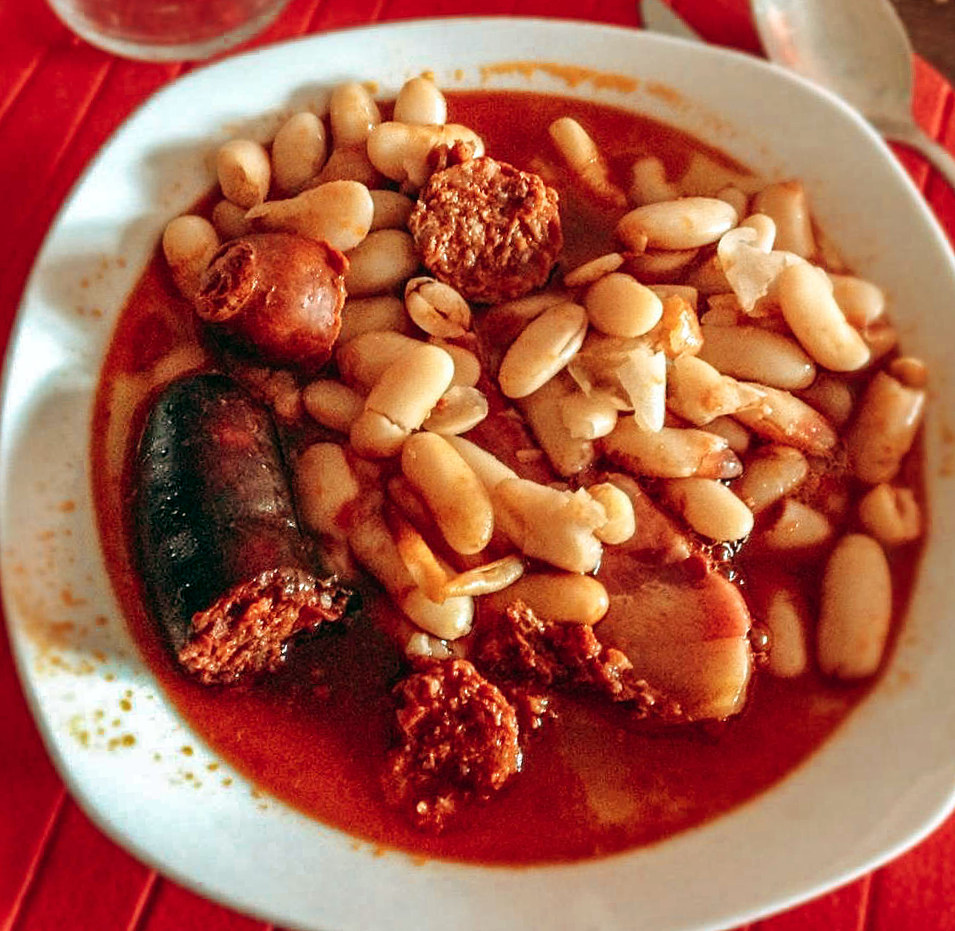
If you could have breakfast, lunch and dinner in a different place in the world in one day, what would be your perfect food day?
I have reached an age already when doing anything three times the same day is already quite difficult – and that includes eating! But, hypothetically:
I miss breakfasts in China, particularly the “tea and dim sum”. They call it diănxīn which means something like “touch the heart”. For lunch, I would pick some specialty from home, from the northern coast of Spain, like fabada, cocido, or lentejas con chorizo. And for dinner, I think I would like to have some Thai.
I miss breakfasts in China, particularly the “tea and dim sum”. They call it diănxīn which means something like “touch the heart”.
But I think my answer is just reflecting today’s cravings. If you ask me the same question in a couple of weeks or even tomorrow, I am sure my answer would be completely different!
I remember our catch up over dinner in London’s Chinatown once upon a time. You ordered for both of us – in Mandarin! – from a secret menu, and what followed was the spiciest meal of my life, to date not beaten. That was my brutal introduction to Sichuan food. Tell us about your travels in China and your food experiences there.
I have been to four places in the world where people talk about food all the time – so much so that they even talk about food while eating! These four places are the north of Spain, Italy, Mexico, and China.
I don’t recall having been to a Chinese restaurant before I actually traveled to the country. When I first went to Shanghai it was a very immersive experience where everything was new to me: smells, flavors, textures. Just two days after landing there I bought some meat skewers from a street vendor: it turned out to be dog meat. That very same night I tried a hot-pot. Every day brought a surprise, culinary and otherwise.
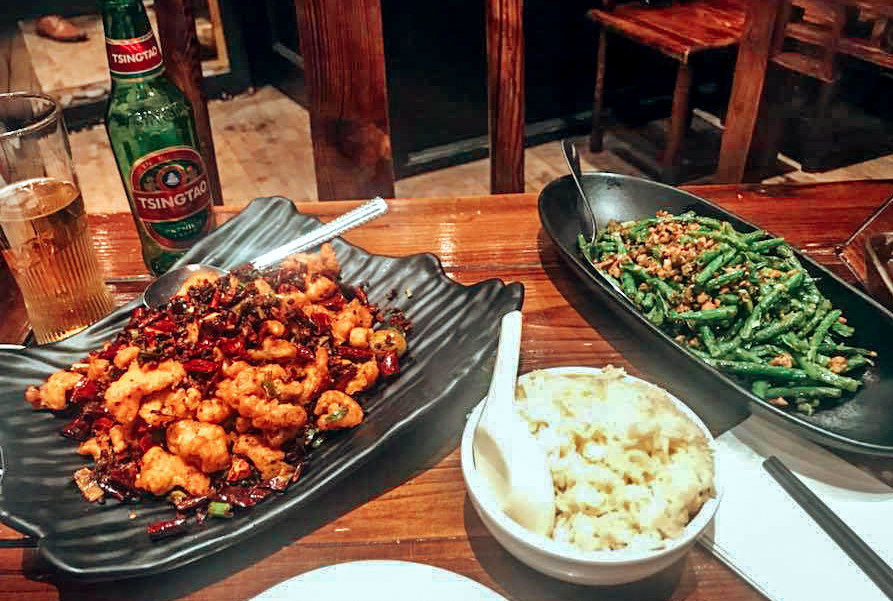
Between 2005 and 2013 I traveled to China a total of 12 times, plus another two trips to Taiwan. I went mostly to Canton, a place known for its gastronomy and the variety of their food: Cantonese are renowned for “eating anything that has four legs other than a table, anything that flies other than an airplane, and anything that swims other than a submarine”, as they proudly say.
Everything I got to read or watch produced by Anthony Bourdain gave me the same impression: “I could be friends with this guy”.
The very first “hanzi” or Chinese characters that I learned to identify were the ones that read “Sichuanese restaurant” and “Hunanese restaurant”, as well as the ones for “spicy”. That says it all. These are two of my favorite cuisines – the flavors are very intense, dishes are extremely hot, but overall the texture is not that different to the western palate.
What places are you dying to visit when it’s safe to travel again, and what are you dying to eat there? Any food travel cravings?
I am longing for a return to China. And I am always ready to go to India as well! But if I could choose, I would probably go somewhere new. I have my eyes on Korea, Japan, and Peru as potential destinations for a future holiday, and food is an important part of that decision!
What drinks, both Spanish and from different parts of the world do you enjoy? I have to say you and Levon [Aronian] reignited my love for Armenian cognac!
For the last ten years, I have embraced wine, and I tend to stick to it. Some hot food demands beer, though. Cider is a perfect match for seafood (one day the rest of the world will find out!). And I do enjoy cognac or some sophisticated cocktails, but only on special occasions.
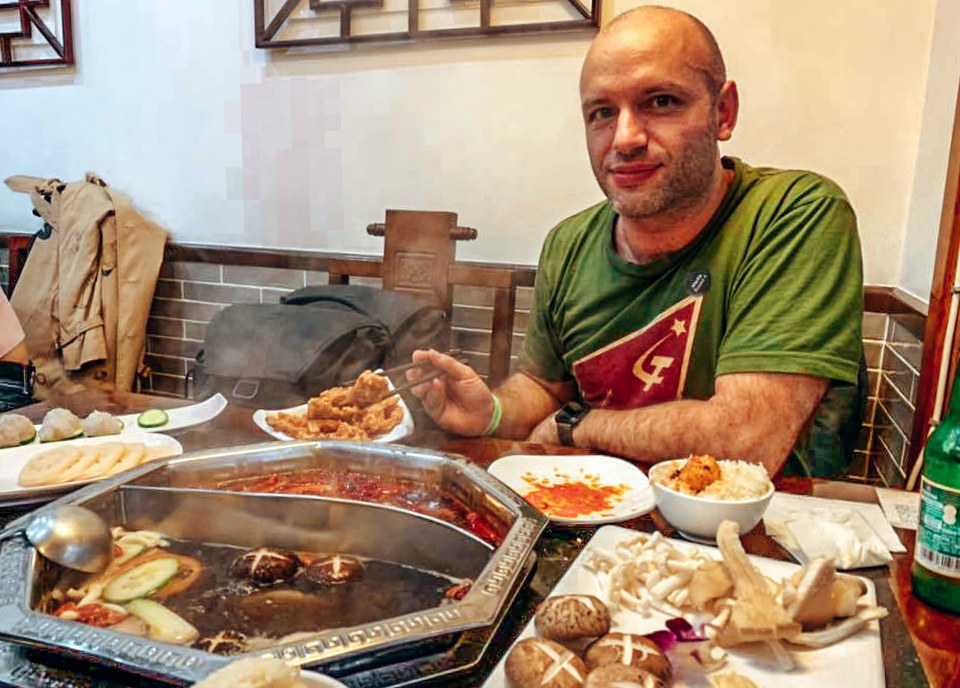
This doomed year we’ve all been watching a lot of TV. I know one of your favorite Netflix shows is Queens Gambit, naturally. Tell us about your favorite food and/or travel-related shows, if any?
I have never been much into reading books, culinary columns or blogs, or watching food-related shows. For travel books, my usual reference was Paul Theroux, but he doesn’t focus that much on food. My culinary culture comes from experience, both from my own trips, and from having lived in such a multicultural city as London.
But one name that comes to my mind is Anthony Bourdain. I had seen him quoted here and there and the name stuck in my mind. Everything I got to read or watch produced by him gave me the same impression: “I could be friends with this guy”. After his tragic death, I binge-watched quite a few episodes of The Layover and Parts Unknown.
The dish I crave the most while I am away, and the one I make upon return, is tortilla de patata.
What’s the most bizarre thing you’ve ever eaten?
Well, I am not proud of having eaten dog, even it is was just an innocent skewer. Foie-gras is also quite gross and bizarre if you think about it. Frog, intestines… A very popular dish in the Basque country is kokotxas. The kokotxas are fleshy cheeks (lower part of the chin) of hake or cod, with a gelatinous texture, but very tasty.
What’s the first thing you eat in Donosti when you arrive back after a long trip?
After intensive traveling, when I finally get back home, for a couple of weeks I can behave like a child who just wants to eat his 3 or 4 favorite dishes. I love experimenting, but when you spend so much time away, your stomach begs for some familiar tastes. After a couple of weeks in China, or India, or Mexico, I use to go a McDonalds just to eat something I recognize!
But the dish I crave the most while I am away, and the one I make upon return, is tortilla de patata, which also happens to be one of my specialties!
Check out David’s blog and find him on Twitter to learn more about his photography, chess and other projects.

Images: David Llada
You may also like: AGAINST ALL ODDS, FOOD BRINGS US TOGETHER: CHEZ NERMINE, THE INTREPID FOOD TRAVELER: ADAM ROGERS

